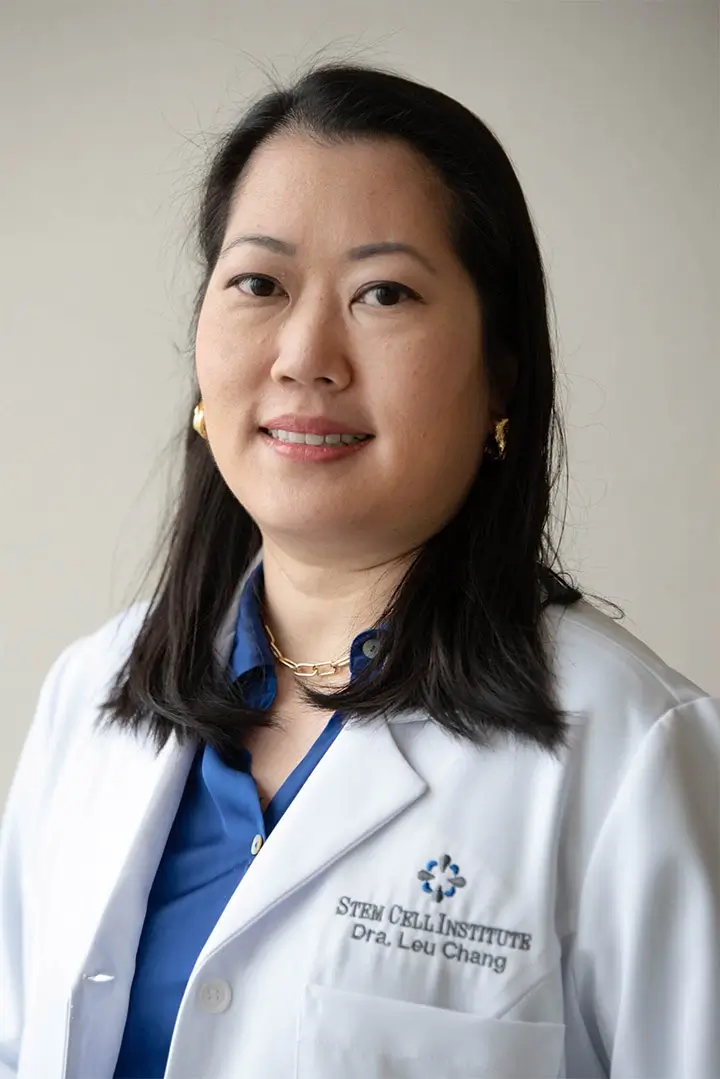How does one distinguish between a stem cell and a regular (non-stem cell) somatic cell? For embryonic and other pluripotent stem cells, the test is a straight-forward and globally recognized one: look for the formation of a teratoma (a tumor containing cells and tissue from all 3 germ layers). However, for adult stem cells, which are not pluripotent and which therefore do not form teratomas, the predominant identifying feature is self-renewal. In this manner, through a new procedure that identifies cellular self-renewal in various subpopulations of cells, researchers have now demonstrated that a subset of pancreatic cells, known as acinar cells, behave as adult stem cells. Although the acinar cells are not, technically speaking, adult stem cells in the classical sense of the term, they nevertheless exhibit properties of self-renewal that are normally characteristic of adult stem cells.
The geneticist Dr. Mario Capecchi developed the innovative method of identifying such cells, in collaboration with Dr. Eugenio Sangiorgi of the Catholic University of Rome. In 2007, Dr. Capecchi shared the Nobel prize in Physiology or Medicine with Sir Martin Evans and Dr. Oliver Smithies, “for their discoveries of principles for introducing specific gene modifications in mice by the use of embryonic stem cells”, work which directly resulted in the world’s first genetically engineered “knockout mouse” and which consequently spawned new fields of research into a broad range of genetic diseases.
As Dr. Sangiorgi explains, “We can only infer that a cell really is a stem cell by observing its behavior. Together with Professor Capecchi, we had already designed in the past a novel way to mark the stem cells in a tissue: a sort of little flag, capable of helping us to effectively label the cells we were looking for. In order to understand that these are really stem cells, we need only to wait. A normal cell is sooner or later destined to die. A stem cell, instead, retains its capacity to renew itself and replicate. Thus, if we can still observe, many months later, that a cell is still alive, that means it is indeed a stem cell – or a cell derived directly from the division of a stem cell.”
Led by Dr. Capecchi, the researchers employed the use of a piece of DNA as a “molecular switch” that produces a fluorescent protein when activated, which occurs only under specific conditions. According to Dr. Sangiorgi, “So far, a stem cell was really looked upon as a sort of General, in charge of all the other cells, but really doing nothing: an undifferentiated cell, but with no specific task other than generating new tissue. Acinar cells, on the other hand, despite being proved stem cells, have a well-defined task in the pancreas. They are like soldiers doing their job, but also capable, when necessary, of taking over the reins of the government.”
More precisely, the procedure involves a method known as Bmi1 (the polycomb ring finger oncogene) lineage tracing, through which the scientists demonstrated that the self-renewing pancreatic acinar cell subpopulation is capable of maintaining pancreatic organ homeostasis. As the authors describe in their paper, “A central question in stem cell biology is whether organ homeostasis is maintained in adult organs through undifferentiated stem cells or self-duplication of specialized cell populations. To address this issue in the exocrine pancreas we analyzed the Bmi1-labeled cell lineage of pancreatic acinar cells.” As the authors later conclude, “This study suggests that Bmi1 is a marker for a subpopulation of self-renewing acinar cells, indicating that self-renewal is not an exclusive feature of adult undifferentiated stem cells. This cellular behavior is again reminiscent of behavior normally associated with more classical adult stem cells.” The scientists also discovered that not all of the cells are continually renewing, the reason apparently being that, “Setting aside cells capable of self-renewal until needed retains the advantage of protecting this subpopulation of cells from DNA damage induced during replication.”
While the discovery answers to some degree this “central question in stem cell biology”, as to “whether organ homeostasis is maintained in adult organs through undifferentiated stem cells or self-duplication of specialized populations”, the discovery also highlights to a certain extent the constantly evolving nature of science. In particular, one aspect of science which continually seems to be an ongoing “work in progress” is the very lexicon itself, which is in a constant process of updating and revision, even in the “classical” definitions of accepted terminology. In this particular case, the difference between the classical understanding of an adult stem cell and the more recent definition of acinar cells as a type of “stem cell”, is a matter of pure undifferentiation in the classical case as opposed to some degree of specialized differentiation, with preserved characteristics of self-renewal, in the latter case. Prior to this discovery, acinar cells were merely considered to be pancreatic exocrine cells, known primarily for their ability to release hydrolytic enzymes into the duodenum; now, however, acinar cells may also be considered a type of adult stem cell. All things considered, this is a not-uncommon example of the way in which human definitions that are associated with natural phenomena continually evolve over time, as our understanding of those natural phenomena grows increasingly refined and precise over time – in a somewhat analogous manner to the way in which a mariner who is sailing toward an unknown destination might continually make readjustments to the course, based upon continually changing information about the location of that destination. If or when the destination is ever actually reached, the detailed features of its landscape may prove to be dramatically different from those that were imprecisely seen from a distance.

